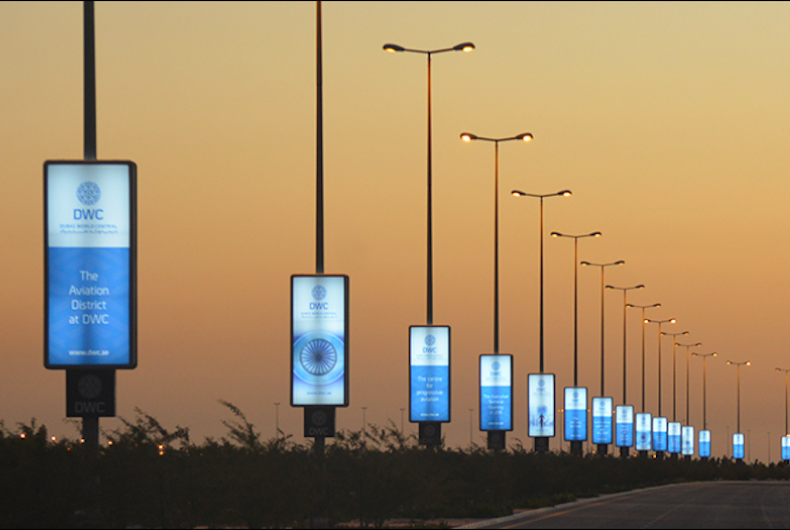
The out of home (OOH) advertising industry in the Middle East and Africa (MEA) region has performed well in upholstering its revenue, giving some respite from the economic slowdown that the region had witnessed last year. While all aspects of the sector recorded growth, more recently, EcoMobility is becoming quite the buzzword in the OOH advertising business.
As the term suggests, EcoMobility defies any conventional ‘permanent’ form of OOH inventory. The format kicked off in some markets in Africa, where road decongestion is promoted. As different markets in the region contemplate varying regulations in OOH, some experts are discussing if the format will replace the billboards and posters on city roads and attract eyeballs in that manner that traditional formats do.
The answer of the immediate future is ‘unlikely’.
“I do not see EcoMobility making OOH advertising obsolete,” explained Sami Al Mufleh, Founder & CEO, Hills Advertising, adding, “Dubai, for instance, is a highly urbanized setting, with a climate that does not allow for walking and cycling during at least three months of the year. Therefore, the conversion to EcoMobility will be more recreational and will not be so high as to replace or dramatically reduce highway and road traffic. You have a daily flow of 450,000 commuters on Sheikh Zayed Road alone.”
Another point to note here is that OOH advertising is a substantial source of revenue to the government, with many long term contracts that are yielding income and need to be fulfilled to term, so downsizing OOH advertising will not be feasible in markets such as the UAE.
Andre Zovighian, Executive Manager, Group Plus Media, reiterated this, and said, “The traditional format is a huge source of income for the government and private sector alike. Every month, new locations come from the government for advertising in KSA and UAE and revenue earnings are significant. Given the impact on the economy with oil prices going down, the government cannot afford to disturb its OOH revenues.”
Mr Zovighian added that there has been a huge demand of more billboards in new locations in the region. “As media owners, sometimes we do not take government tenders as the number of billboards asked for is enormous,” he said.
OOH Digitized
What the industry is witnessing is a revolution of digitization with various forecast reports indicating the digital OOH revenue will replace physical OOH revenue estimating the growth to reach USD 18.04 billion in 2019.
“We have done a lot of work on creating digital OOH media solutions, and The Beach project in JBR is a perfect example of integrating OOH advertising and smart city solutions in pedestrian areas. The Beach project has a flow of 16 million visitors annually (30,000 – 50,000 pedestrians on a daily average), all of whom are exposed to non-cluttered digital advertising,” commented Mr Mufleh.
Dubai’s Expo 2020 has already embraced sustainability in its strategy and an example is the new airport being built by Dubai South and Al Maktoum Airport, which is based on planned advertising spaces and solutions.
“As a civil engineer who works according to an urban planning philosophy, I believe that integrating OOH advertising and making use of digital advertising solutions goes hand-in-hand with the EcoMobility concept,” Mr Mufleh stated.
Eventually, new solutions are about adapting media to the place and the audience. If EcoMobility is going to have an impact on OOH advertising, it would be in the same direction that the industry appears to be taking at the moment, which is adapting and creating digital solutions that are more sustainable in general, and not only in terms of mobility.




